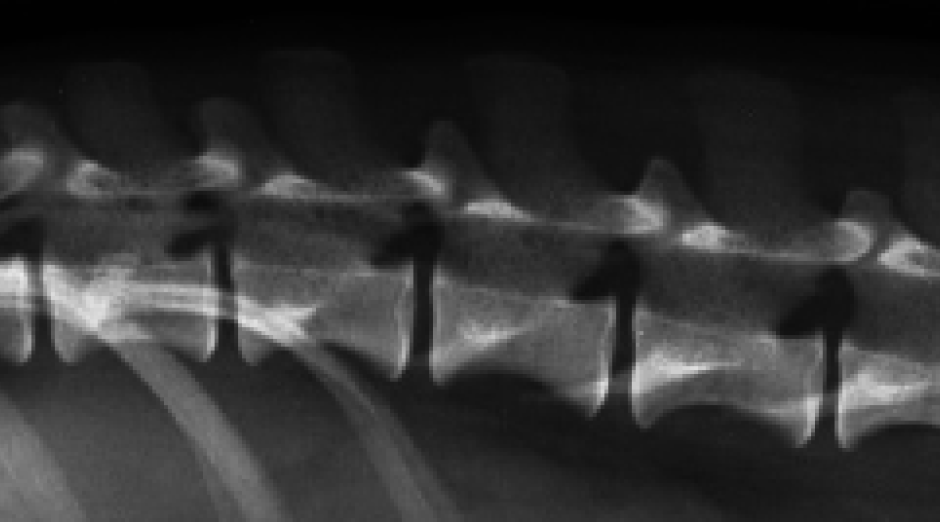
X-ray Scheme
The UK IVDD Screening Programme has been developed from a scheme that has operated in the Nordic countries for some years. This is based on research published in numerous papers that show the risk of IVDD is correlated with the number of intervertebral disc calcifications (IDC) identified by X-ray in dogs around the age of 24 to 48 months. The association between IDC and IVDD has been established as a tool to reduce the occurrence of IVDD.
This scheme is being operated by the Kennel Club at a number of veterinary practices across England, Scotland and Wales. All 6 varieties of Dachshund in the UK are encouraged to participate but the scheme is of particular importance for the Smooth and Mini Smooth varieties that have the highest prevalence of IVDD.
Cost of screening
Screening is available at a cost of £320 per dog (including VAT). There is a £20 registration fee payable to the Kennel Club and you will need to pay the vet the balance of £300 for the X-rays to be taken. A subsidy of £100 is available from the Kennel Club during 2021. Dachshund Health UK is also offering a further £100 subsidy. The net cost to screen a dog is, therefore, £120.
Background
The aim of the X-ray examination is to detect calcified intervertebral discs. Dachshunds are particularly predisposed to intervertebral disc prolapse; various studies
have shown that the disease affects approximately 20% of the dogs. Radiographic examinations have shown that the number of calcified discs in dogs is largest at 2 years of age, whilst the incidence
of clinical disc prolapse is the greatest at 5 years of age. Dachshunds that have a high number of clearly calcified intervertebral discs at a young age have a higher risk of developing disc prolapse
in later life. A relatively high heritability for the development of calcified discs has been found in the breed.
Screening Protocol
Minimum age requirement (official radiographic age) - X-rays of the vertebral column are performed when the dog is between 2 and 5 years of age (24-60
months).
Preparation of the patient
The dog must not be given any food 12 hours prior to the examination, but can have free access to drinking water. The coat on the neck, back and shoulder should be
brushed and groomed so that dirt and small particles do not affect X-ray quality.
The dog must be sedated prior to the radiographic exam. The sedation must be deep enough to allow positioning of the dog as specified in this procedure.
X-rays
DICOM images with embedded data including the dog’s identity (registration number and chip number) will be collected. Standard Dachshunds will require a minimum of 5 exposures and Miniatures will require a minimum of 4.
(Images below courtesy of Dieter Honsalek)
Scoring calcifications
Scoring of the X-rays is done by a panel of UK veterinary neurology specialists to ensure consistency of results.
Owners will be informed of the “score”, which will comprise the grade and the total number of calcifications, plus their location in the spine.
Grade 0 = 0 calcifications
Grade 1 = 1-2 calcifications
Grade 2 = 3-4 calcifications
Grade 3 = 5 or more calcifications
X-ray risks:






